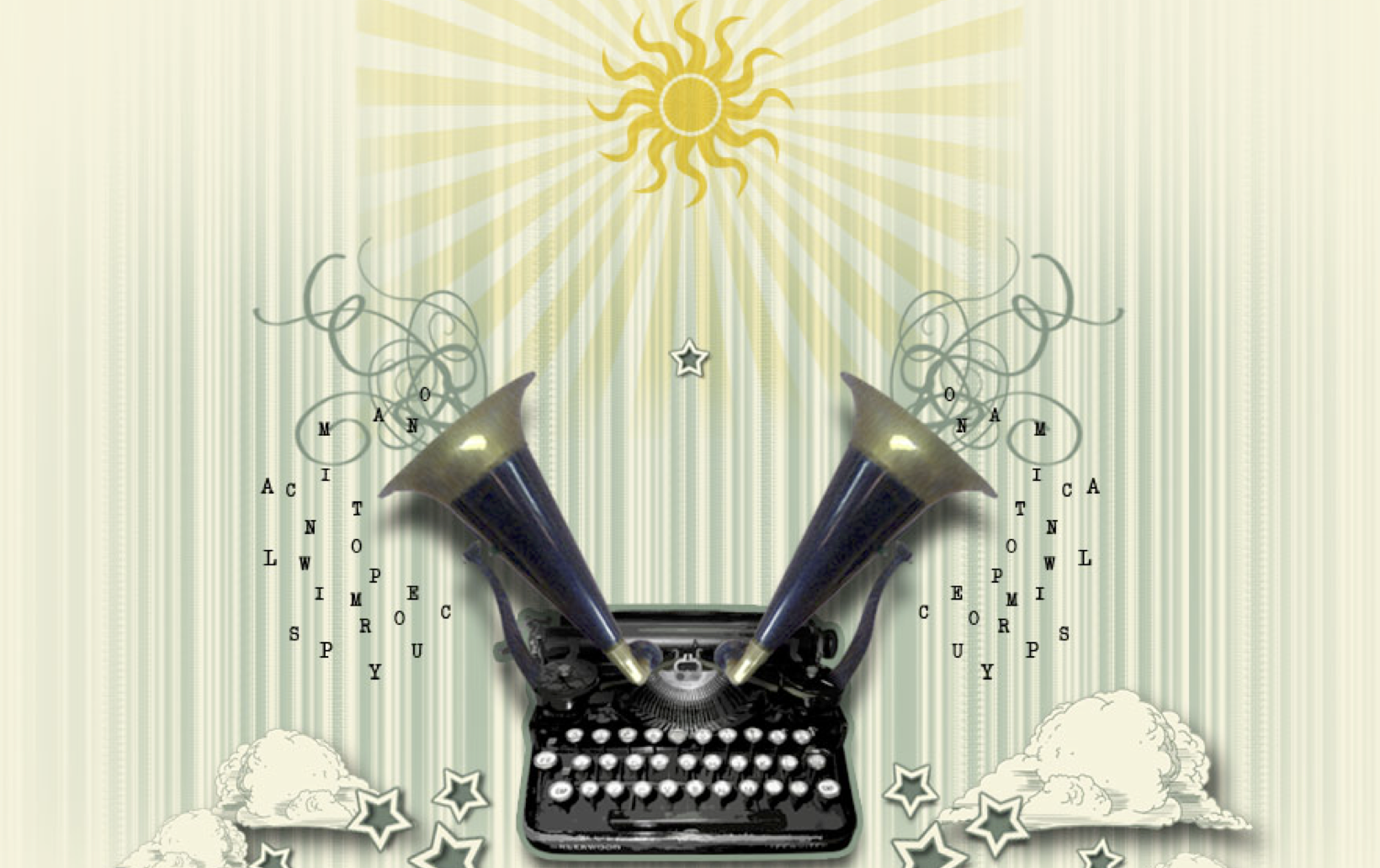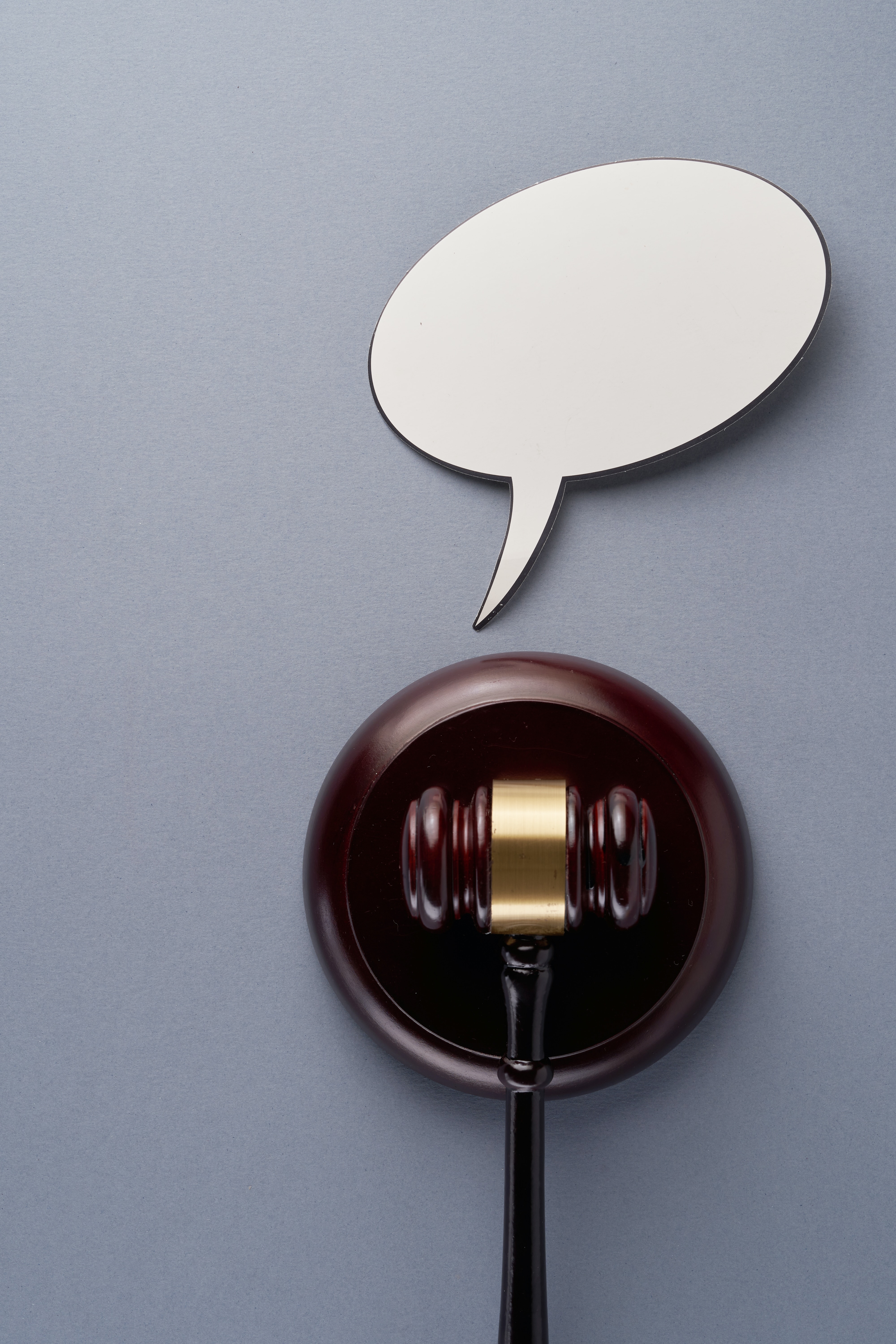


Grosse Pointe News - April 26, 2018
During my years raising four boys, when I discovered the vase broken, the big-screen TV cracked or the Nerf-gun ammo jammed in the printer, I wanted the truth. With the authority of my mom voice, I would ask my young sons, "What happened? Who did this?"
To me, all four of those sweet and squirrelly boys looked concurrently innocent and guilty. I need judge and jury to get to the truth. Instead, I followed the law of matriarchy and took punitive action against all four with a swift sentencing of no video games or no dessert. There was no time to consider them innocent until proven guilty beyond reasonable doubt.
Since rejoining the Grosse Pointe News as a staff writer in September, I've covered cases in the courtrooms of eight judges. I witnessed all eight as articulate and authoritative while displaying patience and compassion to those standing before them. I've seen mercy preeminent in a judge's humane, respectful treatment of victims, witnesses and the accused.
And though judges are human and therefore not immune to bias, they are sophistically aware of explicit and implicit biases and set a benchmark for taming bias in their courtroom.
If your work involves the courts or you've served on a jury, you're familiar with the de-biasing process for considering facts and telling truth known as "voir dire" -- paramount for achieving fairness and impartiality in a trial.
The term originates from the oath a juror takes to tell the truth and is used in the jury selection process. In the United States it also refers to the examination of expert witnesses.
Cross examination, getting at the truth, is also a form of voir dire.
A critical voir dire is for court officers from behind the bench adn the bar, so is it also relevant for those engaged in news -- reporters and consumers. This demands removing persoal likes and dislikes, conjecture, sympathies, prejudices and stereotypes.
When adding or removing a graph in a news article, I must ask myself, "Am I including or excluding information due to my bias?"
A judge presides over the finding of fact in a case and what the law prescribes given the facts. He or she oversees the "balance of probabilities" -- the onus for a plaintiff's burden of proof in civil cases -- and "evidence beyond reasonable doubt" -- the People's onus in criminal cases.
I don't think judges look for a tell, as a poker player would. Judges hone in on, not so much the lie, but consistency, verifiable fact, justice and humanity.
Sometimes righteous anger will cause a judge to lose their cool. One chewed out a defense attorney for "standing in" for the sentencing of a young man facing years in prison.
"A defendant deserves to have his attorney there next to him at this sentencing, not someone he's never met," he scolded.
But that was a bad morning for this judge, who discovered univerified statements made by a witness in an active criminal trial on his docket, potentially compromising impartiality the voir dire process worked to achieve days earlier during jury selection.
News due diligence includes heeding a judge's instructions pertaining to impartial, fair proceedings. In other words, reporters should not infect the outcome of voir dire by speaking with witnesses or jurors during a trial.
Serving the public demands this.
Privacy in off-the-court transcript conversations in the courtroom should be honored as well. After all, isn't it hearsay? Unverifiable information -- in other words, rumor, gossip and opining -- might pass as news in a tabloid, but not in a quality publication.
Like the puck patience of a skilled hockey player, a responsible reporter feeds news in a pass to readers with proper timing and accuracy, working to avoid sloppy plays to press. Allowing the story to mature scores truth in journalism.
My editor and hockey coach will attest that I've made mistakes in my executing on the page and on the ice, but continue to support me in improving my aim.
Last week, a circuit court judge said, "You're only as good as your last ruling."
And I'm only as good as my last article.
And so are consumers in reading and responding to news -- accepting what reporter writes as fact-based evidence or moving to strike from the record of memory.